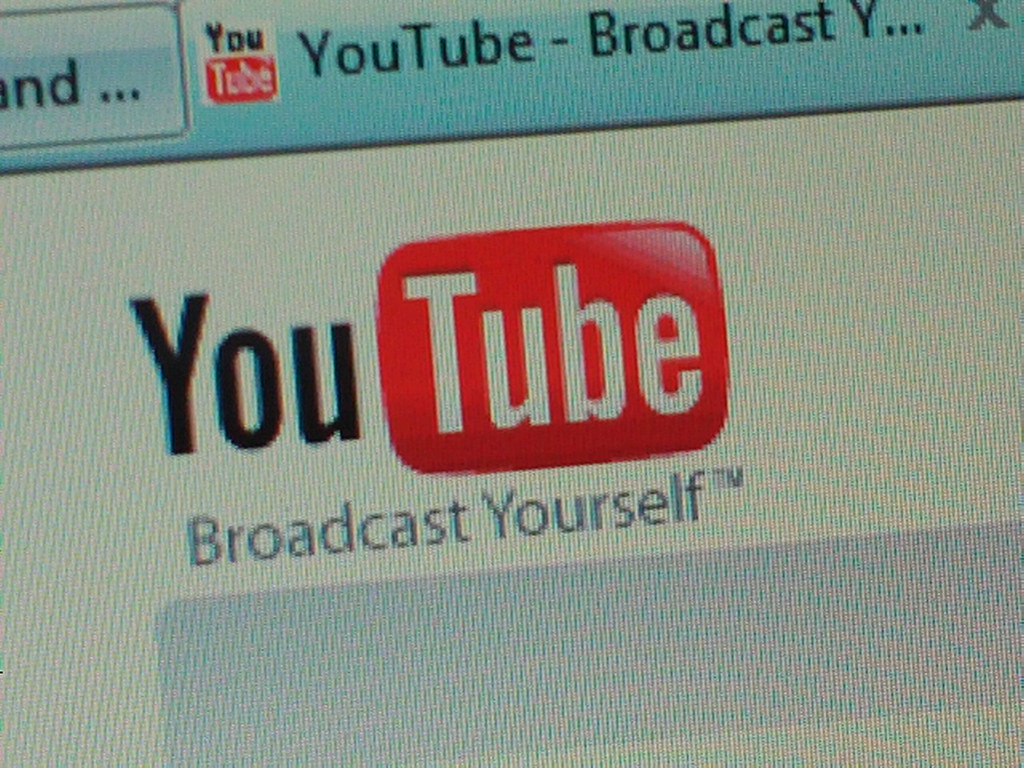
Twenty years ago, Jawed Karim uploaded his simple 19-second video titled “Me at the Zoo” to YouTube, an action that unknowingly marked the beginning of a new era in online media. Fast forward two decades, and YouTube has evolved from a modest video-sharing platform to a global media juggernaut, now valued at between $475 billion and $550 billion, according to MoffettNathanson analysts. It’s the second-most visited website in the world, trailing only Google, and boasts over 20 billion videos across a variety of content types, including music, Shorts, and podcasts.
As YouTube continues to dominate the video-streaming landscape, the platform is expected to surpass Disney to become the largest media company by revenue by 2025. YouTube’s growth is largely driven by its Premium, Music, and YouTube TV subscription services. With 107 million paid subscribers for Premium and Music, and a projected 11.5 million subscribers for YouTube TV by the end of 2027, YouTube’s financial trajectory looks promising.
Competition with TikTok and the Impact of Shorts
Despite YouTube’s impressive growth, it faces stiff competition from TikTok, particularly in the short-form video market. While YouTube has invested in Shorts to compete with TikTok, there are challenges around monetization and the format’s overall impact on YouTube’s revenue. Although Shorts drives engagement, the format has yet to yield significant revenue growth, as noted by MoffettNathanson’s Michael Nathanson. YouTube’s dominance in the creator economy remains intact, though, as the company continues to pay billions to creators, driving the platform’s success.
YouTube’s future may be impacted by the ongoing antitrust scrutiny Google faces, particularly related to its monopoly in online advertising. Last week, a federal judge ruled that Google holds illegal monopolies in the advertising space, which could lead to significant changes in YouTube’s operations. With YouTube being a crucial asset for Google, the Justice Department could demand changes that impact the platform’s business model.
A Key Driver for YouTube’s Success
YouTube’s influence on the creator economy is undeniable. Creators like Jacklyn Dallas, who has built a thriving channel around tech content, credit YouTube with providing unparalleled access to audiences and the opportunity to turn content creation into a full-time career. As YouTube continues to evolve, the platform’s ability to offer new tools and features will be essential to maintaining its relevance and growing its creator base.
Looking ahead, YouTube’s trajectory seems secure, but challenges such as competition from new platforms, ongoing antitrust concerns, and evolving creator expectations will test its resilience. Still, with its robust advertising revenue and growing subscription services, YouTube is positioned to continue its dominance in the global media landscape.
Author’s Opinion
While YouTube’s growth trajectory is impressive, its future will depend on how it navigates increasing competition and looming regulatory pressures. The rising scrutiny on Google’s monopolistic practices could have a profound effect on YouTube, especially with antitrust cases that could force the company to change its business model. YouTube needs to strike a balance between continued growth and staying compliant with regulations to preserve its standing in the market.
Featured image credit: Andrew Perry via Flickr
Follow us for more breaking news on DMR
